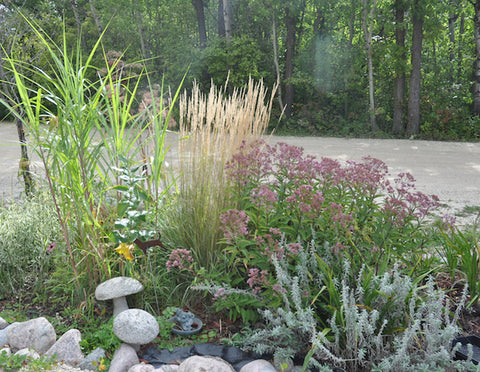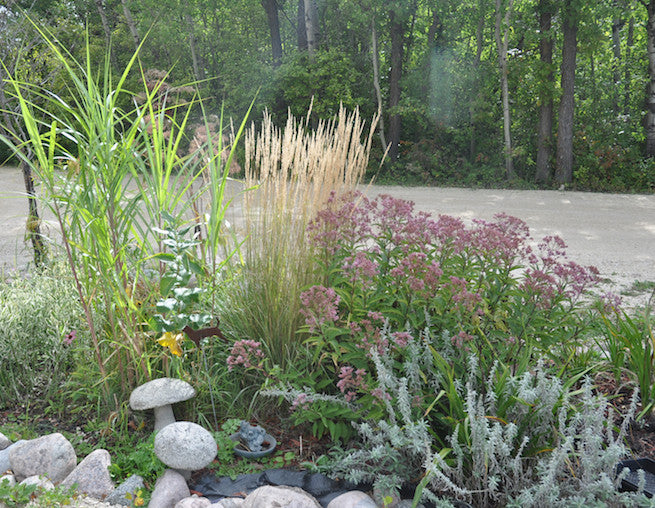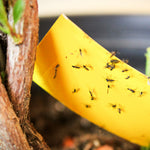
Fall is a time for garden renovations. At this time of the year we can readily visualize changes we want to make using the "data" that relate to our gardens' dynamics (exposure, soil conditions, plant height, colour combos etc). And whether due to plants growing larger than expected or simply for maintenance purposes it is very common to wonder about moving or dividing perennials in September / early October.
The general answer to the question, of moving perennials in fall, is a resounding "yes" - now is a great time. In fact the cooler it gets the better it is, as plants become increasingly groggy (dormant) and less susceptible to transplant stress. There are - however - a few things to keep in mind:
1) It is not ideal to cut perennials back while fall weather remains warm. This is because zone 1 - 3 perennials must go into deep dormancy with out any crossed signals; cutting back promotes regrowth just at a time when perennials need to be winding down. In addition, standing foliage helps catch fallen leaves and insulating snow - important factors for wintering.
Moving taller perennials may create a bit of "garden chaos" for now - as big plants are likely to flop over during a move; come spring everything will wright itself.
2) A generally held adage is that fall bloomers do better when transplanted in spring and spring bloomers fair better when moved in fall.
3) Trees and shrubs do not like to be moved once established and should be moved with caution. If repositioning of trees and shrubs is necessary, it should only be done while the plants are in full dormancy and enough soil dug to include the critical root hairs that make up the outer root system (these are the roots that allow the plant to uptake water).
4) It is always a good idea to add bone meal to the transplanting hole when planting or transplanting. Bone meal is a wonderful source of slow release phosphorous which is the major nutrient that most influences root development. Roots take advantage of the warm ground which has a big reserve of heat stored-up from summer; in fact, roots continue to develop well into freezing (air temperature) conditions.
Replanting is a also an opportunity to refresh soil with compost and add beneficial microryzea such as MYKE (this product is super beneficial for plant health and vigour but only works if it comes in direct contact with the roots - so can't be applied to already planted material).
5) Always re-plant perennials to the same depth as their original planting position. The "crown" (where the new growth emerges from the roots) is susceptible to root or stunted growth if buried deeper during a move.
6) Water fall transplants regularly right up until over night freezing makes this impossible. Root hydration is essential to a successful transplant.
Best wishes with all those garden renos!







